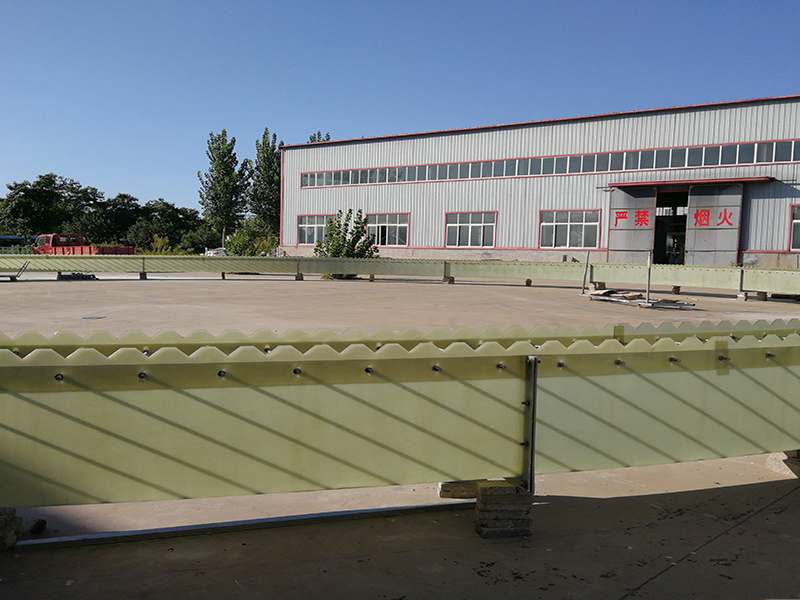
-
 Afrikaans
Afrikaans -
 Albanian
Albanian -
 Amharic
Amharic -
 Arabic
Arabic -
 Armenian
Armenian -
 Azerbaijani
Azerbaijani -
 Basque
Basque -
 Belarusian
Belarusian -
 Bengali
Bengali -
 Bosnian
Bosnian -
 Bulgarian
Bulgarian -
 Catalan
Catalan -
 Cebuano
Cebuano -
 China
China -
 China (Taiwan)
China (Taiwan) -
 Corsican
Corsican -
 Croatian
Croatian -
 Czech
Czech -
 Danish
Danish -
 Dutch
Dutch -
 English
English -
 Esperanto
Esperanto -
 Estonian
Estonian -
 Finnish
Finnish -
 French
French -
 Frisian
Frisian -
 Galician
Galician -
 Georgian
Georgian -
 German
German -
 Greek
Greek -
 Gujarati
Gujarati -
 Haitian Creole
Haitian Creole -
 hausa
hausa -
 hawaiian
hawaiian -
 Hebrew
Hebrew -
 Hindi
Hindi -
 Miao
Miao -
 Hungarian
Hungarian -
 Icelandic
Icelandic -
 igbo
igbo -
 Indonesian
Indonesian -
 irish
irish -
 Italian
Italian -
 Japanese
Japanese -
 Javanese
Javanese -
 Kannada
Kannada -
 kazakh
kazakh -
 Khmer
Khmer -
 Rwandese
Rwandese -
 Korean
Korean -
 Kurdish
Kurdish -
 Kyrgyz
Kyrgyz -
 Lao
Lao -
 Latin
Latin -
 Latvian
Latvian -
 Lithuanian
Lithuanian -
 Luxembourgish
Luxembourgish -
 Macedonian
Macedonian -
 Malgashi
Malgashi -
 Malay
Malay -
 Malayalam
Malayalam -
 Maltese
Maltese -
 Maori
Maori -
 Marathi
Marathi -
 Mongolian
Mongolian -
 Myanmar
Myanmar -
 Nepali
Nepali -
 Norwegian
Norwegian -
 Norwegian
Norwegian -
 Occitan
Occitan -
 Pashto
Pashto -
 Persian
Persian -
 Polish
Polish -
 Portuguese
Portuguese -
 Punjabi
Punjabi -
 Romanian
Romanian -
 Russian
Russian -
 Samoan
Samoan -
 Scottish Gaelic
Scottish Gaelic -
 Serbian
Serbian -
 Sesotho
Sesotho -
 Shona
Shona -
 Sindhi
Sindhi -
 Sinhala
Sinhala -
 Slovak
Slovak -
 Slovenian
Slovenian -
 Somali
Somali -
 Spanish
Spanish -
 Sundanese
Sundanese -
 Swahili
Swahili -
 Swedish
Swedish -
 Tagalog
Tagalog -
 Tajik
Tajik -
 Tamil
Tamil -
 Tatar
Tatar -
 Telugu
Telugu -
 Thai
Thai -
 Turkish
Turkish -
 Turkmen
Turkmen -
 Ukrainian
Ukrainian -
 Urdu
Urdu -
 Uighur
Uighur -
 Uzbek
Uzbek -
 Vietnamese
Vietnamese -
 Welsh
Welsh -
 Bantu
Bantu -
 Yiddish
Yiddish -
 Yoruba
Yoruba -
 Zulu
Zulu
drill rod connections understanding the basics and its ...
Understanding Drill Rod Connections The Basics and Their Importance
Drill rod connections play a crucial role in the efficiency and effectiveness of drilling operations, whether in mining, construction, or geotechnical projects. A drill rod, which serves as an extension of the drilling equipment, is essential for transferring torque and axial load from the drill rig to the drill bit. Understanding the different types of connections, their applications, and maintenance practices is vital for ensuring operational safety and maximizing productivity.
Types of Drill Rod Connections
Drill rods can be connected in various ways, with each connection type suited for specific applications. The most common connection methods include threaded, welded, and quick connect systems.
1. Threaded Connections These are among the most widely used methods for connecting drill rods. They consist of male and female threaded ends that securely fit together. Threaded connections provide a robust and reliable bond, allowing for effective torque transfer. However, proper alignment and adequate lubrication are necessary to prevent wear and disconnection during operations.
2. Welded Connections In specialized applications where maximum strength is required, welded connections are often employed. This method involves welding the ends of two drill rods together, creating a single piece. While this connection type offers enhanced durability, it complicates the replacement of damaged sections of rod, as it requires cutting and re-welding.
drill rod connections understanding the basics and its ...

3. Quick Connect Systems These systems are designed for rapid assembly and disassembly, making them ideal for operations requiring frequent rod changes. Quick connect systems use a combination of locking mechanisms and alignment features to achieve secure connections without the need for tools. While convenient, they may not provide the same level of strength as threaded connections under extreme conditions.
Importance of Proper Maintenance
Regardless of the connection type, regular maintenance is essential to prolong the life of drill rod connections. Routine inspections help identify wear, corrosion, and other potential issues before they lead to equipment failure. Proper cleaning of threads and the use of anti-seize lubricants can prevent seizing and ensure easier disassembly during maintenance.
Moreover, operators should be trained to understand the limits and capabilities of their drill rod connections. Over-torquing or under-torquing can cause significant damage, leading to dangerous situations on-site. Maintaining the proper specifications during assembly, as well as adhering to the manufacturer's guidelines, is crucial for safety and performance.
Conclusion
In conclusion, understanding drill rod connections is fundamental for anyone involved in drilling operations. By familiarizing oneself with the types of connections available and adhering to proper maintenance practices, operators can ensure efficient and safe drilling processes. The importance of selecting the right connection type based on specific project requirements cannot be overstated, as this choice impacts not only operational efficiency but also the safety of personnel and equipment on-site. Ultimately, investing time in understanding and maintaining drill rod connections leads to better outcomes in drilling projects.
Latest news
-
Exploring the Benefits of Top Hammer Drifter Rods for Enhanced Drilling PerformanceNewsJun.10,2025
-
High-Precision Fiberglass Winding Machine for GRP/FRP Pipe Production – Reliable & Efficient SolutionsNewsJun.10,2025
-
FRP Pipes & Fittings for Shipbuilding - Corrosion-Resistant & LightweightNewsJun.09,2025
-
Premium FRP Flooring Solutions Durable & Slip-ResistantNewsJun.09,2025
-
Premium Fiberglass Rectangular Tanks Durable & Lightweight SolutionNewsJun.09,2025
-
Tapered Drill String Design Guide Durable Performance & UsesNewsJun.09,2025









